Wisdom Tooth Extraction Burbank
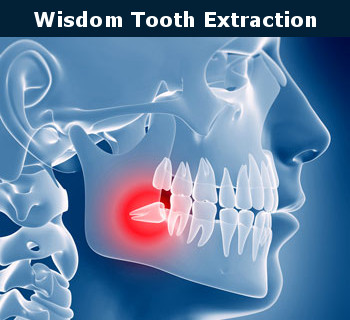
Wisdom teeth Burbank close the dentition of the upper and lower jaw. They belong to the large group of molars. Wisdom teeth are called third molars or, “eight” because they are the eighth from the center of the dentition.
The third molars, unlike the first and second, have a variety of roots. They are also different in their length and shape. Sometimes the roots of wisdom teeth compress the vascular-neural bundles of the jaw, creating large, but invisible problems. Wisdom teeth begin to form at the age of 6-7 years. They erupt between the ages of 14-26 when a person reaches physical and mental maturity. That’s why they were called wisdom teeth.
Sometimes the eruption of wisdom teeth does not occur, and then the third molars are called retinas. If the incision is not complete is called half-retinic.
It is important to understand that teeth that are not involved in the chewing process, and especially teeth that erupt incorrectly, must be removed, preferably at a young age.
Signs you need to remove your wisdom teeth:
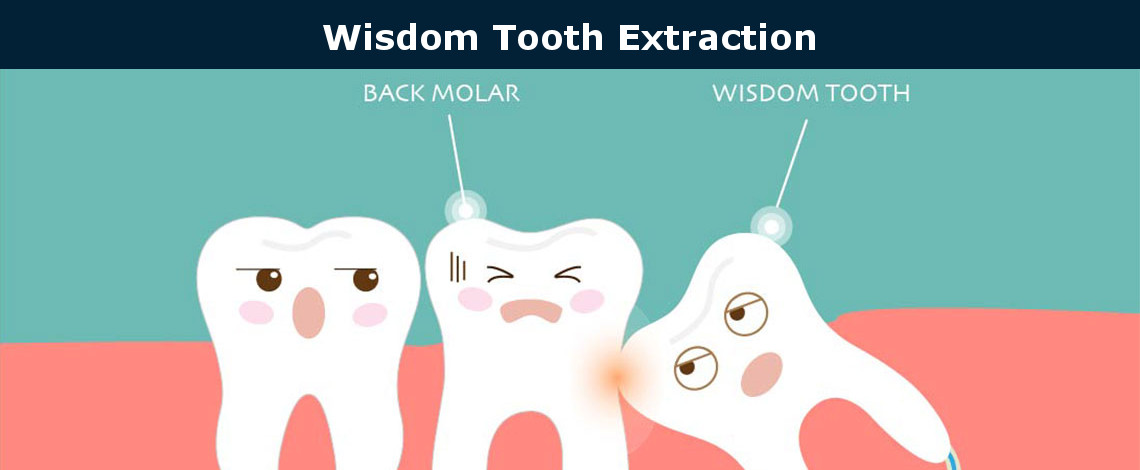
- severe pain;
- inflammation;
- suppuration of the gums and jawbones
- wrong position;
- injury to the enamel of adjacent teeth;
- lack of space for eruption;
- crowding of teeth;
- pericoronitis (inflammation of the hood of the mucous membrane around the “eight”);
- the absence of an antagonist’s tooth.
There are a number of important reasons why you may need to remove your wisdom teeth.
First of all, they are in an inconvenient location, which makes it difficult to even clean them. The accumulation of food residue contributes to the formation of plaque and stone. It forms a common bacterial background and causes an unpleasant odor. The treatment of such teeth due to the location is difficult, ineffective, and problems can spread to neighboring teeth.
Another direct indication for removal is dystopia: a tooth that grows crooked. This traumatizes soft tissues, displaces neighboring teeth, and can damage their roots. These teeth present the greatest danger. The cavity enters the cavity between the gum and the crown and food cannot be removed from it. For a very short time, the patient develops soft tissue inflammation – pericoronitis, which can lead to severe complications such as abscesses or phlegmon.
Refinished teeth, even if it does not cause anxiety, are also a direct indication for removal. It is often the cause of infection leading to cavities, pericoronitis, periodontitis, damage to neighboring teeth, and other diseases. Therefore, its removal is an optimal, effective measure to prevent a multitude of problems in the future.
Is it necessary to remove the retinas?
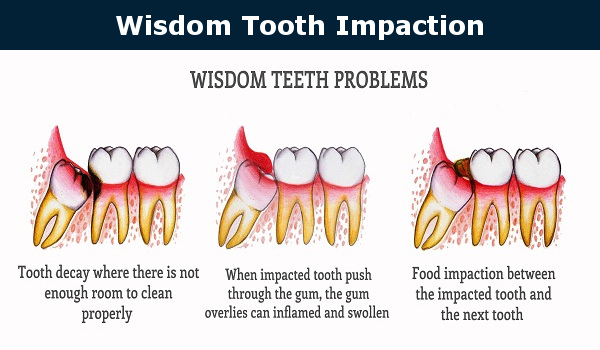
Sometimes the wisdom teeth do not erupt. These teeth are called retinas. Sometimes, they do not cause any problems. But it happens that these teeth can cause serious complications. Some patients complain of an earache, fever, and other unpleasant symptoms. This is often evidence of serious inflammatory processes in the maxillofacial area. Therefore, when you experience even a small bit of pain, consult a dentist. Only the dentist can properly assess the condition of your wisdom teeth.
The Difference Between Removing the Wisdom Tooth in the Upper and Lower Jaw
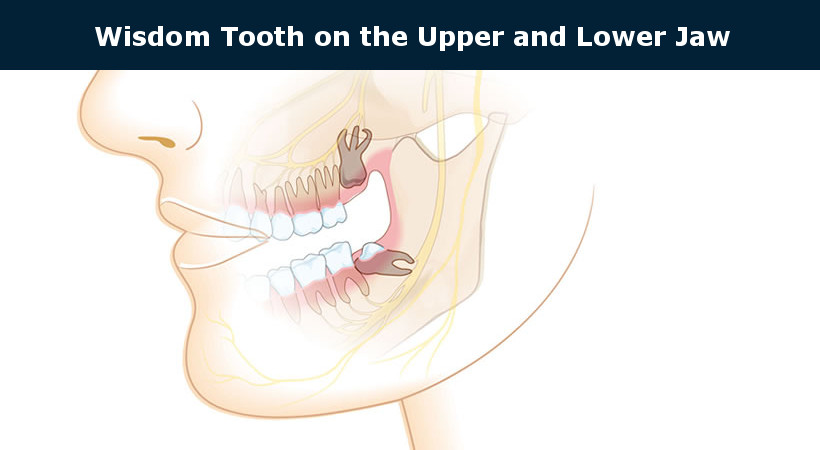
- The removal of the upper wisdom teeth is much easier and faster than the lower teeth because of the special structure of the upper jaw. It has a lower density, so removal is carried out by a straight elevator, which simultaneously removes the crown and roots. Drilling the bone is not required, whereas it is necessary in removing the lower wisdom teeth.
- Removing wisdom teeth in the lower jaw is not an easy task. The lower jaw has a high density. This often causes the tooth to grow toward the cheek or to push heavily on the adjacent teeth. This causes aching pain and sometimes does not allow the patient to open their mouth normally. During the removal of the bottom wisdom teeth, the risk of fracturing the root is increased, so the surgery takes longer and has some nuances. The dentist will either use local anesthesia or general anesthesia. Immediately before removal, the crown is loosened with forceps. To gain access to it, the gum is cut.
Wisdom Tooth Extraction Surgery
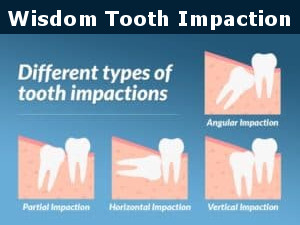
The sequence of the stages of the surgery depends on the results of the X-ray examination, which can show problems that certain stages of surgery may cause. The most common surgery to remove the wisdom teeth is to remove the retinas and the dystopian tooth. The crown can be badly damaged in cases where the teeth are significantly affected by cavities or some other problems.
Removal of the retina tooth
Retina teeth are teeth that have not erupted. Often in dental practice, removing them is a rather complicated surgery that requires the high qualifications of the Burbank dentist. It is performed under local anesthesia in the following steps:
- a cut is made on the gingival mucosa (in case the tooth is located deep, a flap is cut out in a triangular shape),
- a hole is made in the jaw by means of boron or ultrasound instruments to extract the tooth (sometimes, depending on its size, the tooth is extracted in parts),
- an anesthetic and accelerated healing drug is placed in the cavity.
- After this, the operated area is sewn up and complex anti-inflammatory therapy is prescribed.
Removing a tooth in the wrong position (dystopia)
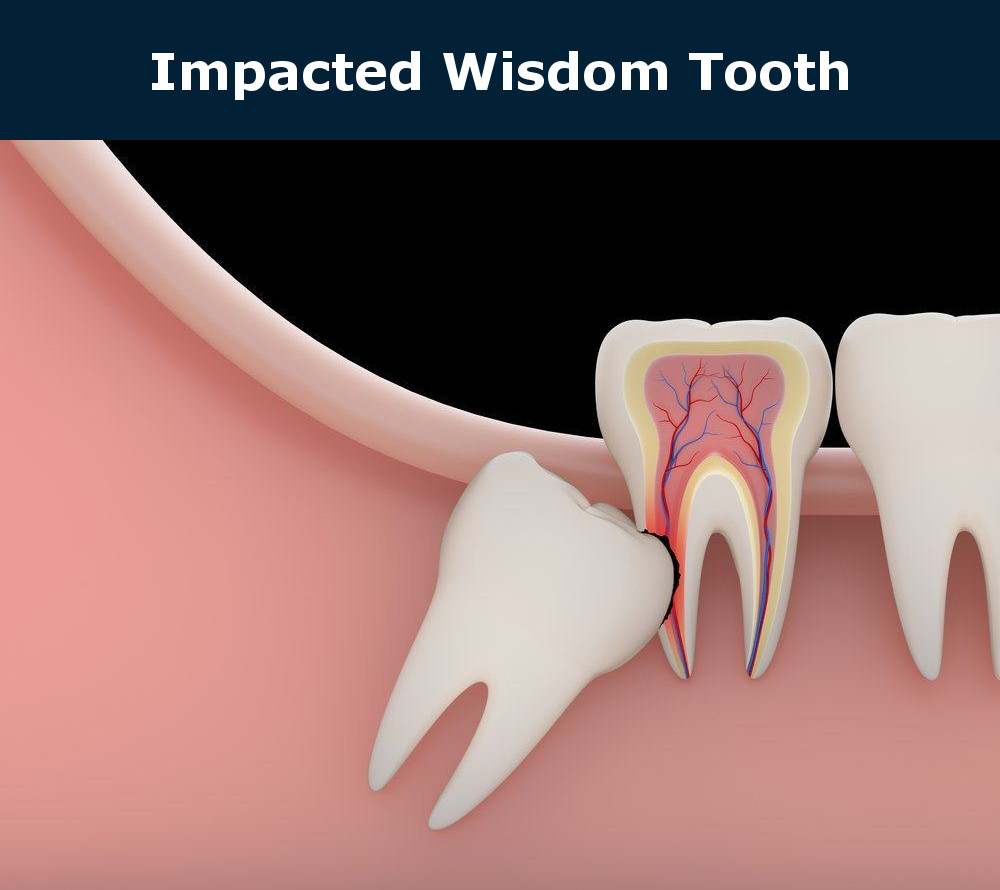
It is a complex surgery to remove a tooth that is growing crookedly in the dentition. It is necessary in order to reduce the load on adjacent teeth to prevent the development of an incorrect bite. Also, such surgery is needed in cases where a dystopic tooth injures nearby soft tissues. The removal of dystopian teeth is carried out in the same way as retina teeth. The amount of surgery depends on the degree of tooth dystopia.
Removing a wisdom tooth with a severely damaged crown
This surgery is complicated by the fact that the use of forceps for ordinary tooth extraction is impossible. Therefore, the Burbank dentist uses additional surgical instruments. In some cases, it is necessary to exfoliate the gingival flap and then use the boron and ultrasound instruments to remove the tooth and its roots.
After the surgery to remove the wisdom tooth, regardless of the method, the patient needs to come for examinations in accordance with the schedule created by the dentist. This is so the dentist can observe the dynamics of the recovery period and, if necessary, adjust the postoperative treatment.
Age Restrictions
There are no age limits for the surgery to remove wisdom teeth. If there are problems, they can be removed at any age.
Care after Removal of Wisdom Teeth
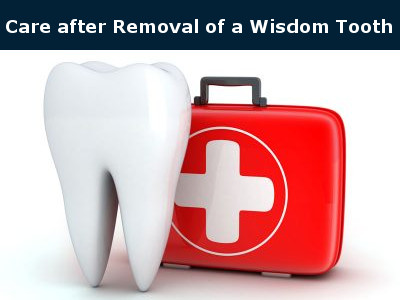
After the dentist performs all the necessary procedures to remove the wisdom teeth, you will undergo treatment. You should carefully follow the instructions given by the dentist and, if necessary, take the prescribed medications.
The steps of recovery usually include the following:
- Refrain from eating two hours after the procedure;
- Minimize the activity of your mouth as much as possible in the three days following the procedure;
- After removing the wisdom teeth, carefully rinse your mouth;
- Take medicines strictly according to the dentist’s prescription;
- Eat soft food (cereals, soups) and drink non-carbonated beverages with a neutral taste;
- Chew on the opposite side of where the procedure was done;
- Do not smoke;
- Do not apply a heating pad to your cheek where the tooth was removed;
- Do not touch the location of the procedure with your tongue or other objects;
- You can clean your teeth the day after the procedure;
- Undergo a full course of treatment.
If you need to remove your wisdom teeth, schedule a consultation with our dentist. An oral exam and X-ray will help our dentist recommend the best method for you. Some procedures are done under local anesthetic with a mild sedative, or with a general anesthetic. Dr. Sahakyan will discuss treatment options with you and make sure you are comfortable during your procedure. Call 1-818-578-2332 for an appointment.
